
Weekly performances with dragons and demons in Japan’s Iwami region are an incredible way to connect with and preserve its history.
Arifuku Onsen is a hot spring resort neighborhood in the town of Gotsu, Shimane Prefecture. The springs were originally discovered in the 6th century, but here in the 21st Arifuku’s lost a bit of its luster in comparison to some of Japan’s more famous hot spring hotspots.
So recently Arifuku has been making an effort to spruce itself up a bit. While you’ll still find scenes like the one above of steam swirling about rustic architecture, there are also stylishly modern accommodations available, like at the hotel Owl Resort that we recently spent the night in.
▼ Owl Resort
But our fondest memories of our night in Arifuku aren’t of the soft bed or chic décor of our room, Instead, they’re of Iwami Kagura, a dynamic dance performance that’s like a crazy combat version of Noh theater.
Iwami Kagura is a unique cultural tradition of the Iwami region, which consists of western Shimane and northern Hiroshima Prefectures . In Arifuku, Iwami Kagura performances are held every Saturday night at the Yunomachi Kaguraden building (pictured above). The cozy venue seats just 20 visitors at a time and charges a mere 1,000 yen (US$7.65) for admission (500 yen for elementary school-age kids).
Iwami Kagura began in the Heian period (794-1185), and so most performances are based upon Japanese legends and mythology. The first story of the night began when a masked actor appeared before us as Takemikazuchi, the god of thunder and swords. As you might guess from his divine jurisdiction, when an evil oni (ogre) showed up, Takemikazuchi wasn’t in the mood to talk things out, and the two decided to settle their differences with a duel.
Like we mentioned above, there’s a tendency to associate Iwami Kagura with Noh, since they’re both forms of traditional masked theater. In contrast to Noh’s stately, stoic movements, though, Iwami Kagura is fast and flashy.
The fighting was so intense that as Takemikazuchi and the oni struck each other with their weapons, pieces of the props broke off and fell to the floor.
In the end, though, the thunder god prevailed, and his monstrous foe admitted defeat.
The oni wasn’t the only mythical creature we encountered this night, though.
The second part of the Iwami Kagura performance was a reenactment of the battle between Susanoo, god of storms and younger brother of sun goddess Amaterasu, and Yamata no Orochi, a multi-headed dragon/serpent that terrorized western Japan.
Depending on the size of the venue, the Yamata no Orochi costumes used for Iwami Kagura can be truly massive, with the full versions replicating all eight of the creature’s fearsome fanged heads, like in the video below.
The cozy dimensions of the Yunomachi Kaguraden limited the Orochi we saw to three heads, but they still put up quite a fight.
If you’re wondering why Japan isn’t ruled today by a giant snake monster, it’s because Susanoo cunningly got Orochi drunk on sake, then lopped off his inebriated heads, both of which the Iwami Kagura actor did too.
Though Iwami Kagura and the Orochi legend date back centuries, performers aren’t averse to modern innovations to enhance the drama. Though made with traditional washi paper, the dragon head masks feature sinister light-up eyes…
…and some of the mouths are equipped with small flame throwers that shoot out showers of sparks (though not at theaters where the audience sits as close to the actors as we did).
As for the human characters’ masks, these are often hand-carved from wood by local artists, like those at the Kakita Katsuro Mask Workshop in the Shimane town of Hamada.
▼ Self-taught master mask maker Katsuro Kakita
Handmade is the general rule for Iwami Kagura costume clothing too, into which the tailors weave gold and silver thread for extra shine.
In speaking with the staff at Hosokawa Kagura Isho (Hosokawa Kagura Costumes, which takes custom orders for non-Iwami Kagura costumes too), also in Hamada, we learned that a complete costume can take several months to complete, and cost as much as a small car.
Though it’s a regional form of theater, Iwami Kagura is warmly loved by the people of the Iwami region. The traditional narratives and aesthetics make it respected by elderly residents, and little kids enjoy the exciting, straightforward stories of good versus evil. Nearly 100 Iwami Kagura troupes are estimated to be active in the area.
And yet, there’s a bit of uneasiness in the Iwami Kagura community these days. Like in a lot of rural sections of Japan, many people born in the Iwami region leave the area as young adults to pursue academic or professional goals in more populous parts of the country. In particular, there’s a growing shortage of craftsmen who can make the costumes that give Iwami Kagura its characteristic flair.
Thankfully, though, there are still chances to see Iwami Kagura in the communities in which the artform was first developed, and maybe one day it’ll catch on with performers elsewhere too, like how Yosakoi dance troupes, which originated in Kochi Prefecture, can now be found nationwide. For now, though, Yunomachi Kaguraden has shows scheduled on Saturday nights from 8:30 to 9:30 p.m., and catching one is an unforgettable way to help ensure this piece of the region’s past has a future.
Location information
Yunomachi Kaguraden / 湯の町神楽殿
Address: Shimane-ken, Gotsu-shi, Arifukuonsencho 546
島根県江津市有福温泉町546
Telephone reservations: 085505209534
Website (Gotsu City Tourist Organization)
Related: Hosokawa Kagura Isho, Kakita Katsuro Mask Workshop
Photos ©SoraNews24
● Want to hear about SoraNews24’s latest articles as soon as they’re published? Follow us on Facebook and Twitter!
[ Read in Japanese ]

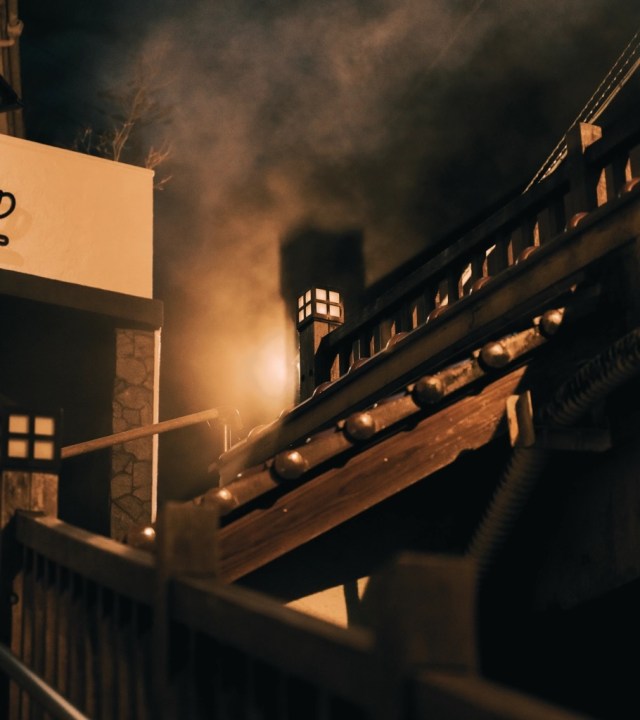
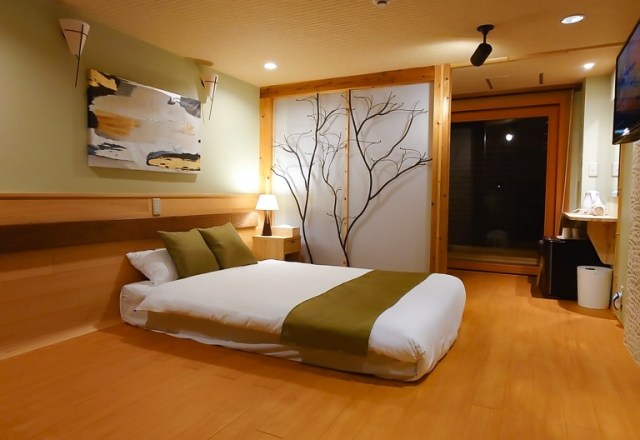
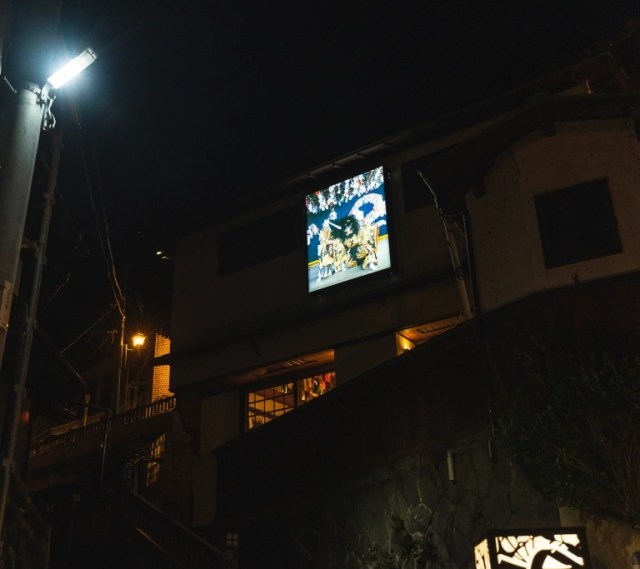
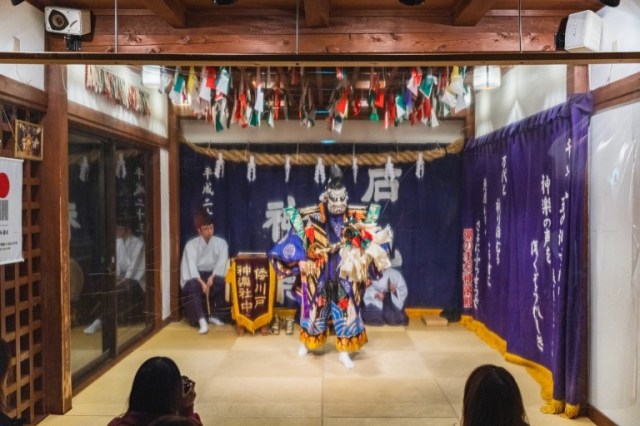
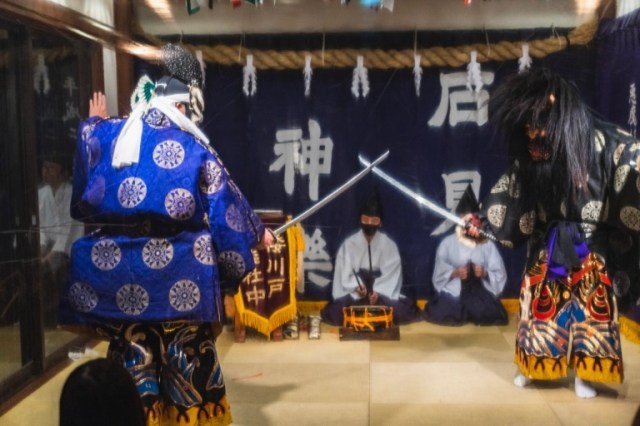
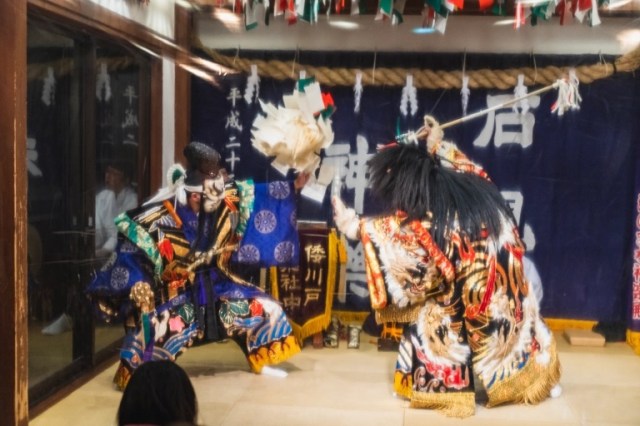
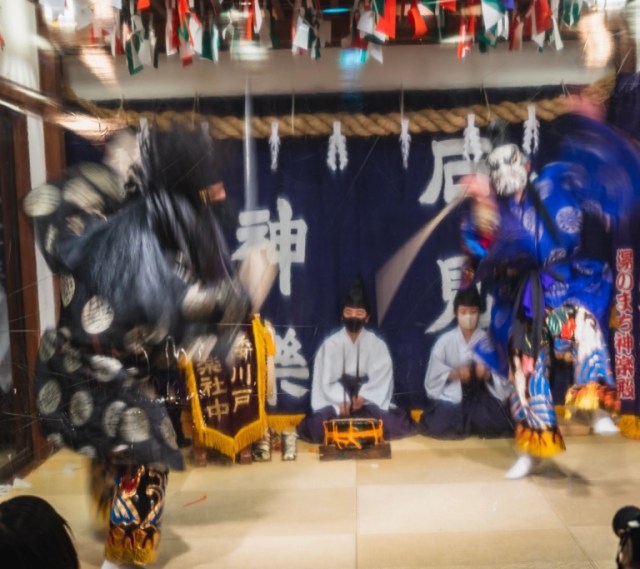
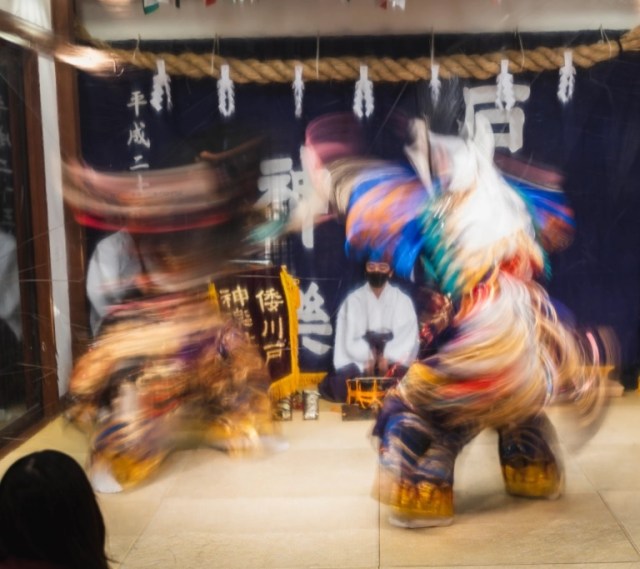

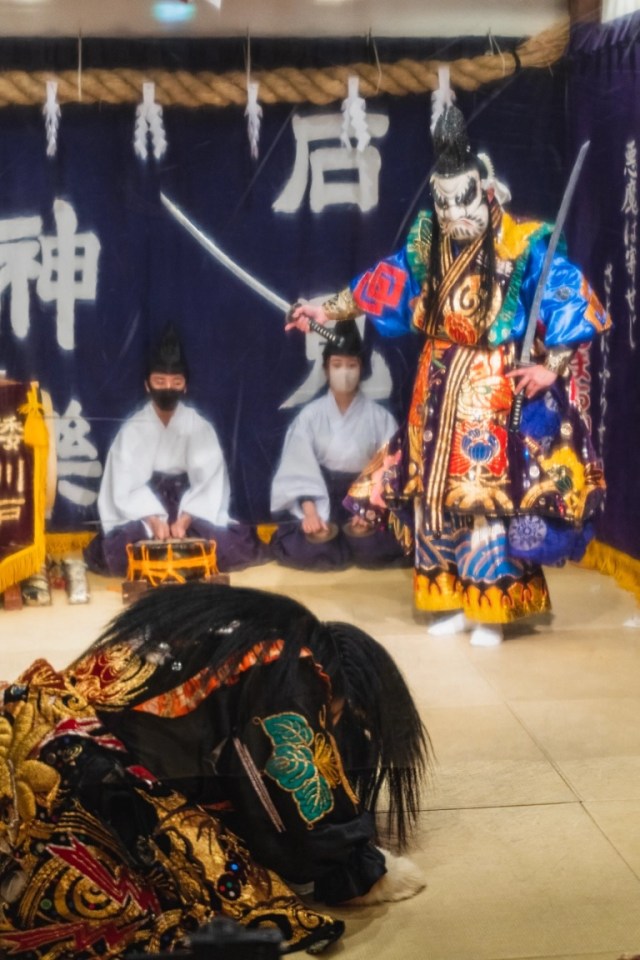
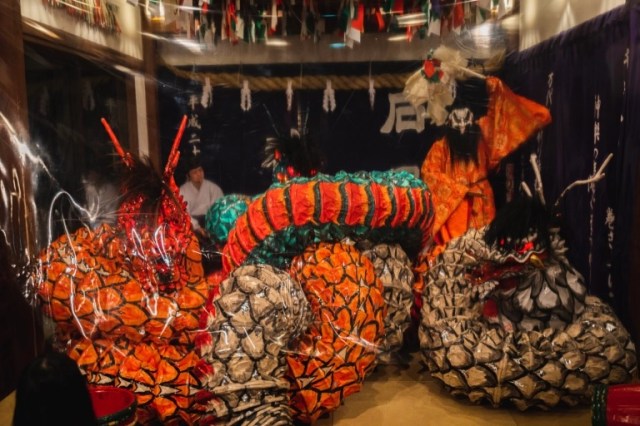
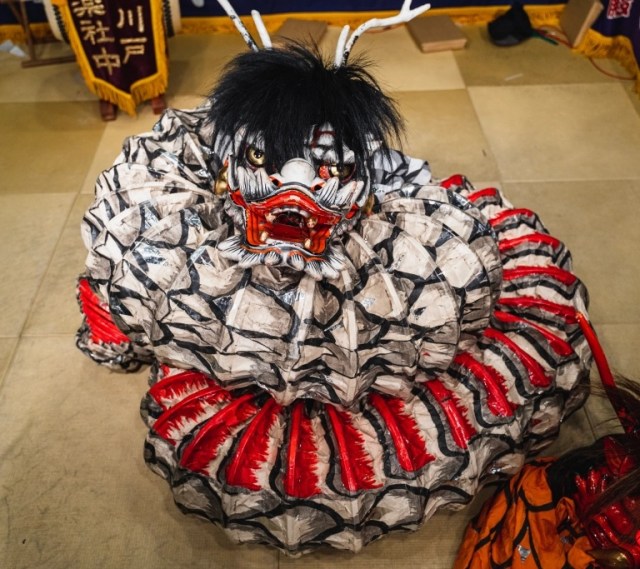
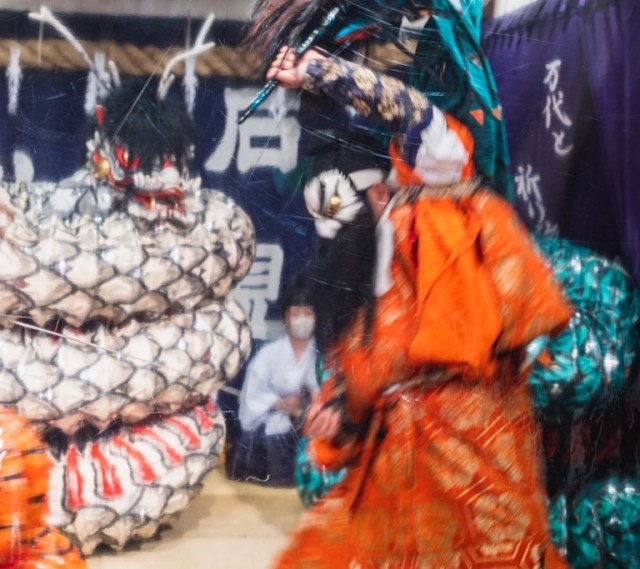
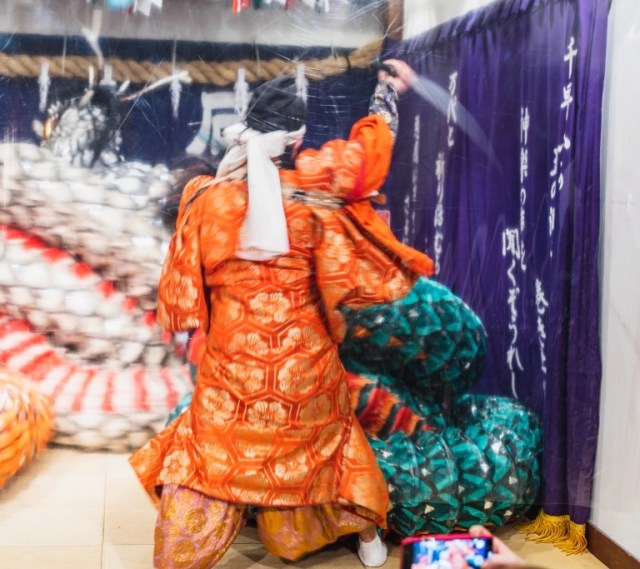
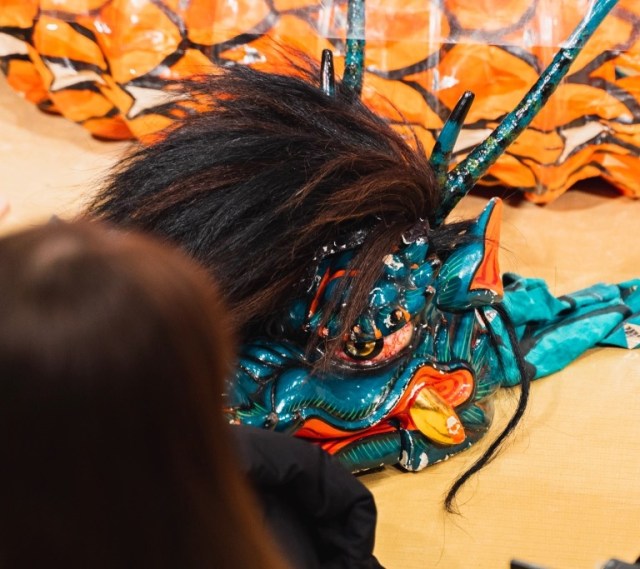
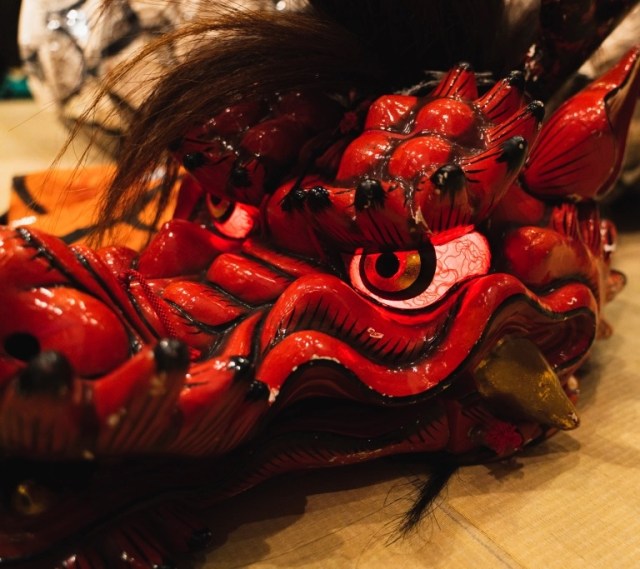
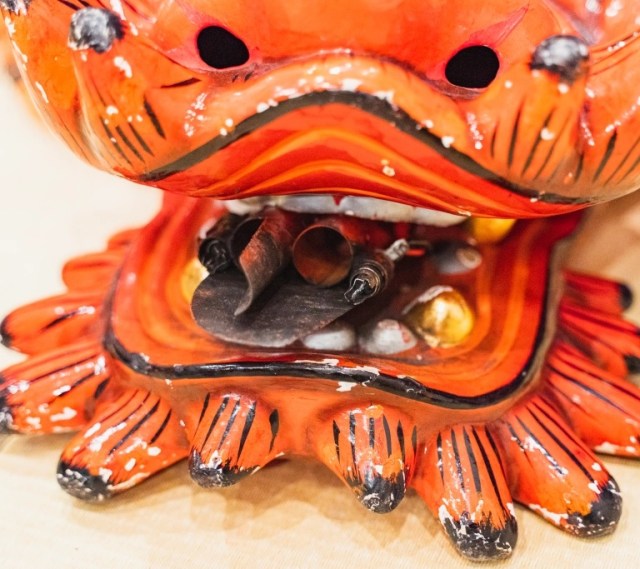
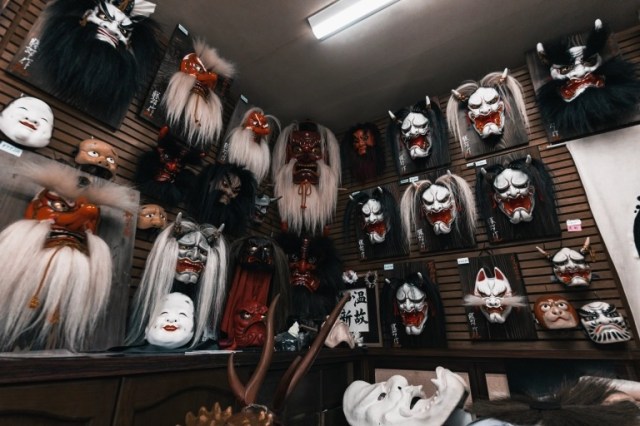

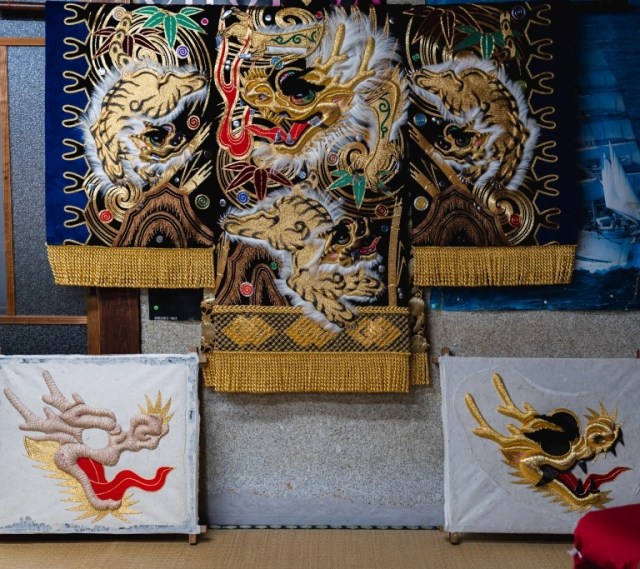
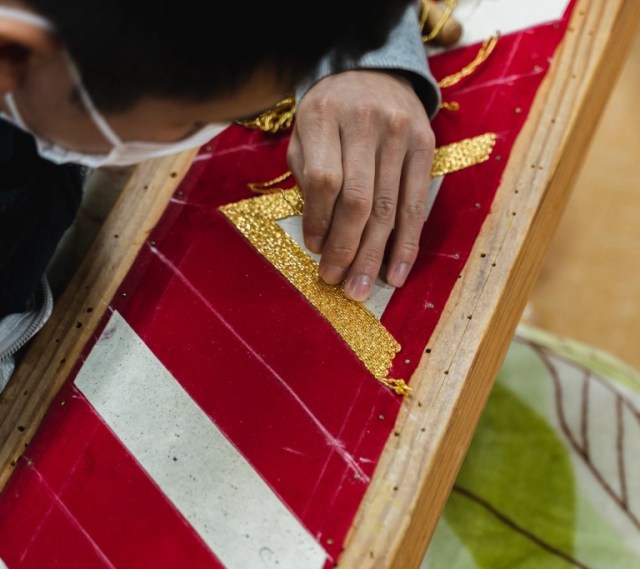
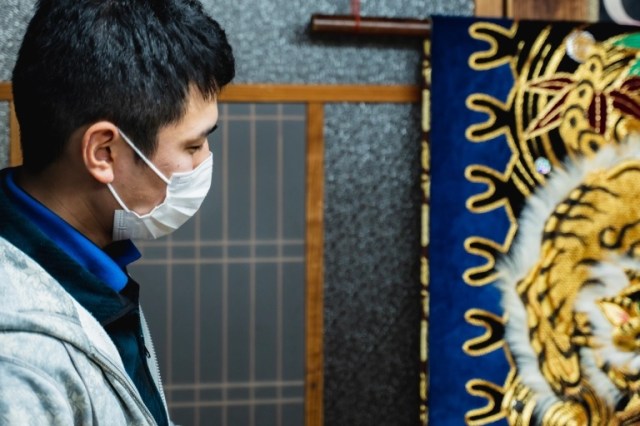

 Private booths are coming to Japan’s Shinkansen bullet trains even sooner than we’d thought【Video】
Private booths are coming to Japan’s Shinkansen bullet trains even sooner than we’d thought【Video】 The Purple Lucky Bag from Village Vanguard is an extra-large waste of money
The Purple Lucky Bag from Village Vanguard is an extra-large waste of money Japanese beef bowl chain Sukiya’s 2026 Smile Box lucky bag basically pays for itself
Japanese beef bowl chain Sukiya’s 2026 Smile Box lucky bag basically pays for itself Dragon Quest Burgers and Slime drinks are coming to McDonald’s Japan【Video】
Dragon Quest Burgers and Slime drinks are coming to McDonald’s Japan【Video】 Harajuku’s new permanent Tamagotchi shop is filled with cuteness and a surprising lack of poop
Harajuku’s new permanent Tamagotchi shop is filled with cuteness and a surprising lack of poop Private booths are coming to Japan’s Shinkansen bullet trains even sooner than we’d thought【Video】
Private booths are coming to Japan’s Shinkansen bullet trains even sooner than we’d thought【Video】 The Purple Lucky Bag from Village Vanguard is an extra-large waste of money
The Purple Lucky Bag from Village Vanguard is an extra-large waste of money Japanese beef bowl chain Sukiya’s 2026 Smile Box lucky bag basically pays for itself
Japanese beef bowl chain Sukiya’s 2026 Smile Box lucky bag basically pays for itself Dragon Quest Burgers and Slime drinks are coming to McDonald’s Japan【Video】
Dragon Quest Burgers and Slime drinks are coming to McDonald’s Japan【Video】 Harajuku’s new permanent Tamagotchi shop is filled with cuteness and a surprising lack of poop
Harajuku’s new permanent Tamagotchi shop is filled with cuteness and a surprising lack of poop Majority of Japanese mayors say foreign residents are essential but most see good and bad effects
Majority of Japanese mayors say foreign residents are essential but most see good and bad effects Nephew receives SD card after his uncle passes away, finds treasure trove of gems from the past
Nephew receives SD card after his uncle passes away, finds treasure trove of gems from the past New Japanese menstrual product seeks to help women spot unidentified iron deficiencies
New Japanese menstrual product seeks to help women spot unidentified iron deficiencies Brand-new Pokémon park opens in Japan with larger-than-life-size Lapras【Photos】
Brand-new Pokémon park opens in Japan with larger-than-life-size Lapras【Photos】 Our top 3 cafes in Azabudai Hills, Tokyo’s newest and possibly swankiest shopping complex
Our top 3 cafes in Azabudai Hills, Tokyo’s newest and possibly swankiest shopping complex Starbucks Japan ready to get Year of the Horse started with adorable drinkware and plushies【Pics】
Starbucks Japan ready to get Year of the Horse started with adorable drinkware and plushies【Pics】 Hayao Miyazaki says Happy New Year to Studio Ghibli fans with new art for Year of the Horse
Hayao Miyazaki says Happy New Year to Studio Ghibli fans with new art for Year of the Horse We found possibly the quietest Japanese-style hotel in Tokyo’s bustling Shinjuku district
We found possibly the quietest Japanese-style hotel in Tokyo’s bustling Shinjuku district Cup Noodle tries an authentic Jiro-style ramen, but something’s not quite right
Cup Noodle tries an authentic Jiro-style ramen, but something’s not quite right The best Starbucks Japan Frappuccinos we want to drink again in 2026
The best Starbucks Japan Frappuccinos we want to drink again in 2026 We revisited Sweets Paradise after a decade to see if Japan’s dessert buffet still delivers
We revisited Sweets Paradise after a decade to see if Japan’s dessert buffet still delivers That time Seiji called JASRAC to ask why he didn’t get paid royalties for his song being on TV
That time Seiji called JASRAC to ask why he didn’t get paid royalties for his song being on TV Japan’s oldest largetooth sawfish in captivity back on display in Mie Prefecture
Japan’s oldest largetooth sawfish in captivity back on display in Mie Prefecture Pizza Hut Japan’s hot lucky bags are perfect for a New Year’s pizza party
Pizza Hut Japan’s hot lucky bags are perfect for a New Year’s pizza party 7-Eleven Japan starts new temporary luggage storage service in over 300 branches
7-Eleven Japan starts new temporary luggage storage service in over 300 branches Disillusionment at Tsukiji’s tourist-target prices led us to a great ramen restaurant in Tokyo
Disillusionment at Tsukiji’s tourist-target prices led us to a great ramen restaurant in Tokyo Starbucks teams up with 166-year-old Kyoto doll maker for Year of the Horse decorations【Photos】
Starbucks teams up with 166-year-old Kyoto doll maker for Year of the Horse decorations【Photos】 Tokyo considering law requiring more trash cans following litter increase in heavily touristed area
Tokyo considering law requiring more trash cans following litter increase in heavily touristed area Tokyo’s Tsukiji sushi neighborhood asks tour groups to stay away for the rest of the month
Tokyo’s Tsukiji sushi neighborhood asks tour groups to stay away for the rest of the month Tokyo event lets you travel back in time, for free, to celebrate 100 years since Showa era start
Tokyo event lets you travel back in time, for free, to celebrate 100 years since Showa era start Japan may add Japanese language proficiency, lifestyle classes to permanent foreign resident requirements
Japan may add Japanese language proficiency, lifestyle classes to permanent foreign resident requirements Sanrio theme park in Japan announces plans to expand into a Sanrio resort
Sanrio theme park in Japan announces plans to expand into a Sanrio resort Stamina-destroying “Paralysis Noodles” are Tokyo’s newest over-the-top ramen innovation
Stamina-destroying “Paralysis Noodles” are Tokyo’s newest over-the-top ramen innovation Survey asks foreign tourists what bothered them in Japan, more than half gave same answer
Survey asks foreign tourists what bothered them in Japan, more than half gave same answer Japan’s human washing machines will go on sale to general public, demos to be held in Tokyo
Japan’s human washing machines will go on sale to general public, demos to be held in Tokyo Japan’s deadliest food claims more victims, but why do people keep eating it for New Year’s?
Japan’s deadliest food claims more victims, but why do people keep eating it for New Year’s? We deeply regret going into this tunnel on our walk in the mountains of Japan
We deeply regret going into this tunnel on our walk in the mountains of Japan Studio Ghibli releases Kodama forest spirits from Princess Mononoke to light up your home
Studio Ghibli releases Kodama forest spirits from Princess Mononoke to light up your home Major Japanese hotel chain says reservations via overseas booking sites may not be valid
Major Japanese hotel chain says reservations via overseas booking sites may not be valid Put sesame oil in your coffee? Japanese maker says it’s the best way to start your day【Taste test】
Put sesame oil in your coffee? Japanese maker says it’s the best way to start your day【Taste test】 No more using real katana for tourism activities, Japan’s National Police Agency says
No more using real katana for tourism activities, Japan’s National Police Agency says Starbucks Japan reveals new sakura drinkware collection, inspired by evening cherry blossoms
Starbucks Japan reveals new sakura drinkware collection, inspired by evening cherry blossoms Updated cherry blossom forecast shows extra-long sakura season for Japan this year
Updated cherry blossom forecast shows extra-long sakura season for Japan this year Majority of Japanese mayors say foreign residents are essential but most see good and bad effects
Majority of Japanese mayors say foreign residents are essential but most see good and bad effects Nephew receives SD card after his uncle passes away, finds treasure trove of gems from the past
Nephew receives SD card after his uncle passes away, finds treasure trove of gems from the past New Japanese menstrual product seeks to help women spot unidentified iron deficiencies
New Japanese menstrual product seeks to help women spot unidentified iron deficiencies Brand-new Pokémon park opens in Japan with larger-than-life-size Lapras【Photos】
Brand-new Pokémon park opens in Japan with larger-than-life-size Lapras【Photos】 Our top 3 cafes in Azabudai Hills, Tokyo’s newest and possibly swankiest shopping complex
Our top 3 cafes in Azabudai Hills, Tokyo’s newest and possibly swankiest shopping complex Studio Ghibli releases Kodama forest spirits from Princess Mononoke to light up your home
Studio Ghibli releases Kodama forest spirits from Princess Mononoke to light up your home What Hayao Miyazaki’s Mei would look like if Studio Ghibli released My Neighbor Totoro in 3-D
What Hayao Miyazaki’s Mei would look like if Studio Ghibli released My Neighbor Totoro in 3-D Four Shinto shrines to pray for love at in Japan to start the New Year
Four Shinto shrines to pray for love at in Japan to start the New Year Record number of foreign children in Japan need help understanding Japanese in school
Record number of foreign children in Japan need help understanding Japanese in school Village Vanguard possibly tops its own record for most useless junk in a lucky bag this year
Village Vanguard possibly tops its own record for most useless junk in a lucky bag this year Japan’s new “painful sadness” snacks are a deliciously mysterious linguistics lesson【Taste test】
Japan’s new “painful sadness” snacks are a deliciously mysterious linguistics lesson【Taste test】 Rakuten randomly offers 58 New Year’s osechi feasts in Japan, but did we get a star or a dud?
Rakuten randomly offers 58 New Year’s osechi feasts in Japan, but did we get a star or a dud? Tokyo fish market breaks New Year auction record as single fish sells for over 5 million yen【Vid】
Tokyo fish market breaks New Year auction record as single fish sells for over 5 million yen【Vid】
Leave a Reply